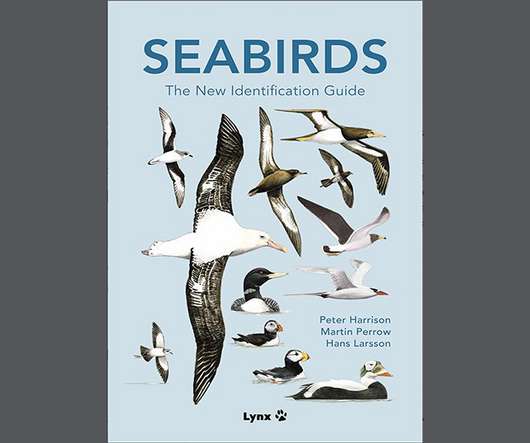Don’t Go On Pelagic Trips. Ever.
10,000 Birds
NOVEMBER 22, 2011
Who cares if they nest in the Antarctic and eat penguins? “My biggest regret in life was raising my binoculars to observe this monstrosity of a bird” – Ethel M. If you misidentify something, you bring great shame and dishonor to both you and your family. South Polar Skua. Long-tailed Jaeger. Red-footed Booby.












Let's personalize your content